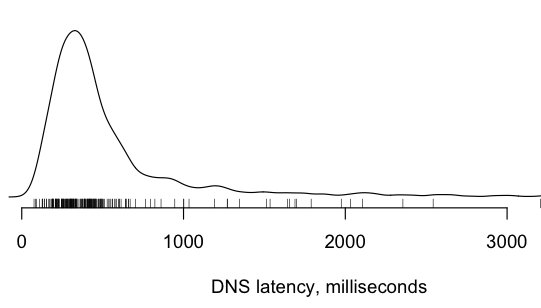订阅了oracle-l@freelists.org邮件列表(顺便提一下,订阅这个邮件列表也是学习Oracle的好方法,它完全免费,且有许多Oracle界的”大师”出没于此,当然要通过审查才能发言;你可以从freelists.org上找到入口!)的朋友可能在若干天前收到了一封来自Guillermo Alan Bort关于到哪里可以找到学习Oracle内部工作原理资料的邮件。
热心的邮友给出了五花八门的答案,我们来梳理一下这些渠道,以方便来者。
| 著名的juliandyke的巢穴,他写了许多独创的专题,本人也从他的著作中获益良多 | http://juliandyke.com |
| oraktable.net上汇集了众多专家在博客上发表的最新技术文章 | http://www.oaktable.net/members |
| 致力于挖掘RAC技术,可以说是研究RAC最好的站点 | http://www.oracleracsig.org |
| Oracle 8i service internal作者的站点,虽然已经多年未更新,却是你不能错过的一课 | http://www.ixora.com.au/ |
| Tanel Poder可能是世界上真正的第一个OCM,他有很多关于internal和performance的著作 | http://blog.tanelpoder.com/ |
| 著名的《Cost Based Oracle Fundamentals》的作者Jonathan Lewis在wordpress上的博客 | http://jonathanlewis.wordpress.com/ |
| 这就像是专门存放Oracle资料的图书馆 | http://www.morganslibrary.org/library.html |
| Pete Finnigans是Oracle security方面的专家,发表了大量关于hack Oracle的文章 | http://www.petefinnigan.com |
| 我们之前说的邮件列表的入口! | http://www.freelists.org/webpage/oracle-l |
to be continued ………..



















